Pythia Cookbooks provide example workflows on more advanced and domain-specific problems developed by the Pythia community. Cookbooks build on top of skills you learn in Pythia Foundations.
Cookbooks are created from Jupyter Notebooks that we strive to binderize so each Cookbook can be executed in the cloud with a single click from your browser, but in some instances executing a Cookbook will require running the notebooks locally.
Interested in contributing a new Cookbook or contributing to an existing Cookbook? Great! Please see the Project Pythia Cookbook Contributor’s Guide, and consider opening a discussion under the Project Pythia category of the Pangeo Discourse.
CMIP6 Cookbook
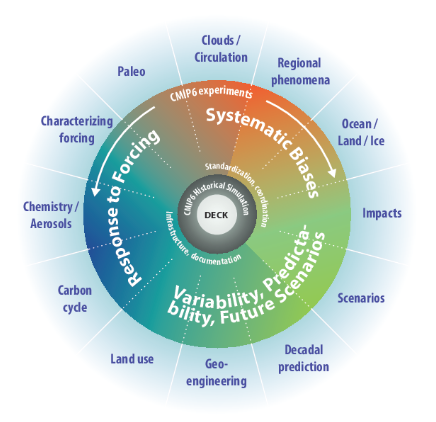
climateintake-esmxesmf
HRRR-AWS Cookbook
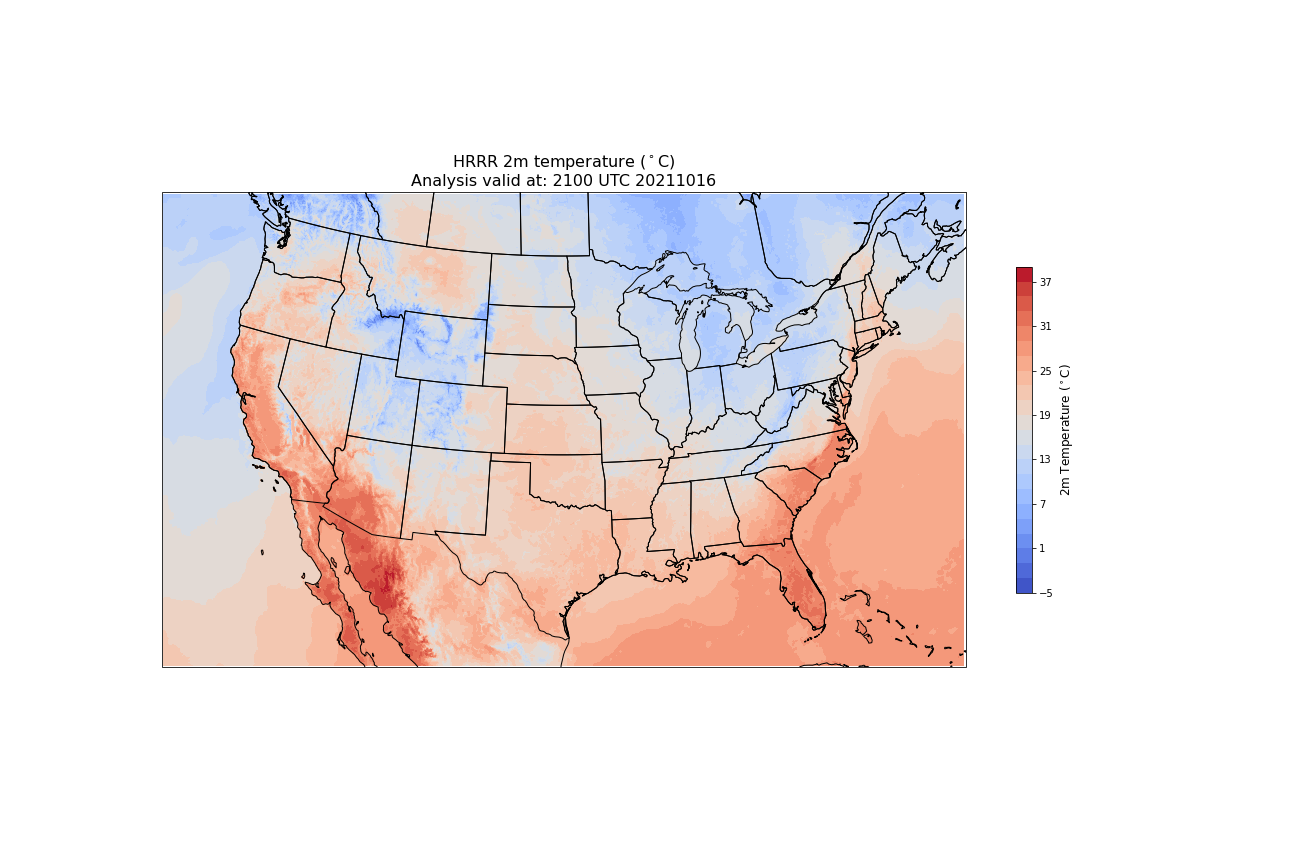
HRRR modelAWS cloudzarrxarray
Radar Cookbook

atmosphereradarPy-ArtXradarCook-off 2023Cook-off 2024
Intake Cookbook
Data accessintakeintake-xarrayintake-markdown
Landsat ML Cookbook
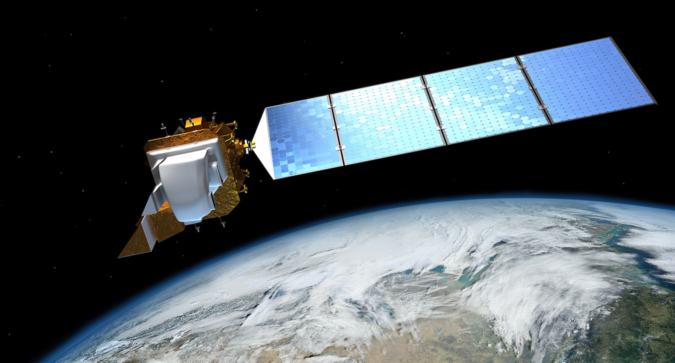
satellitemlclimatehvPlotintakexarraydask
Kerchunk Cookbook
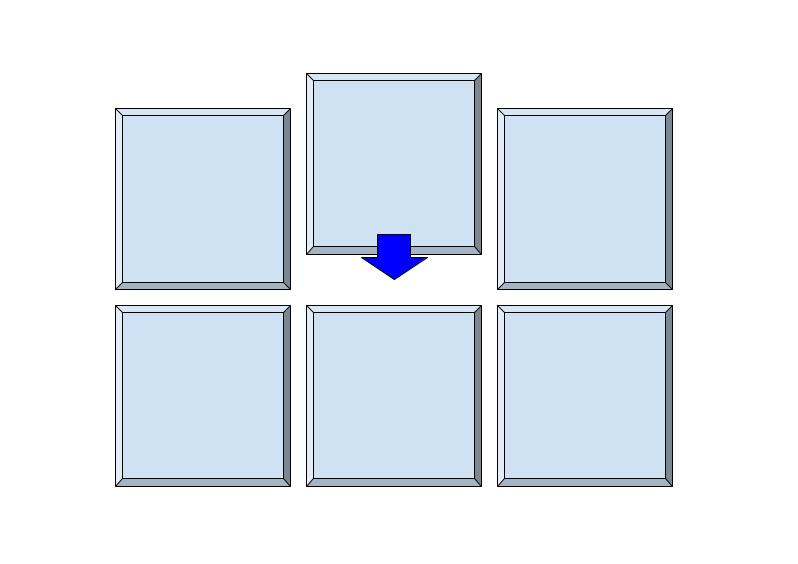
AWS CloudData AccessHRRR modelzarrkerchunkintakexarray
xbatcher for Machine Learning Part 1

oceanographymachine learningdata sciencescientific software engineeringnumpyxarrayzarrintakematplotlibIPythontensorflowxbatcher
Dask Cookbook
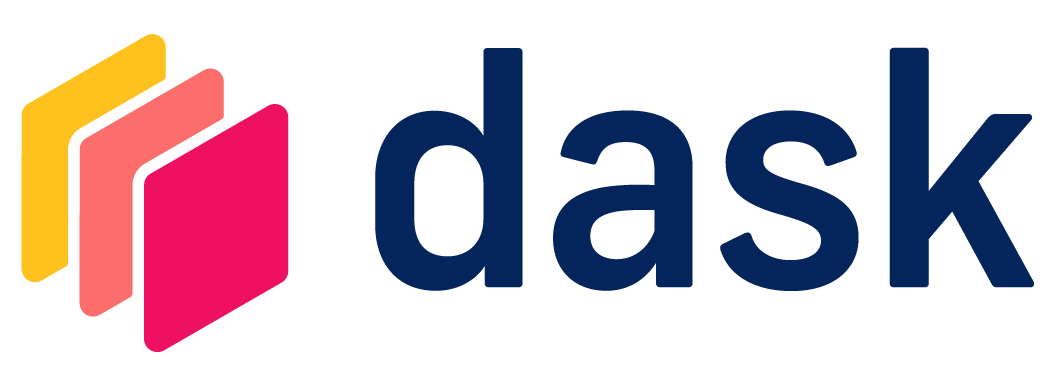
xarraydask
Sentinel-2 L2A Interactive Dashboard
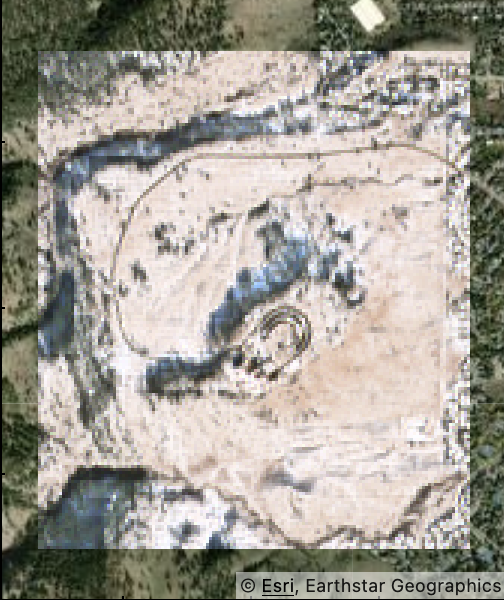
interactive-visualizationsatellitesentinel-2daskxarrayodc.stacplanetary-computerhvplotpanelgeoviews
(re)Gridding with xarray
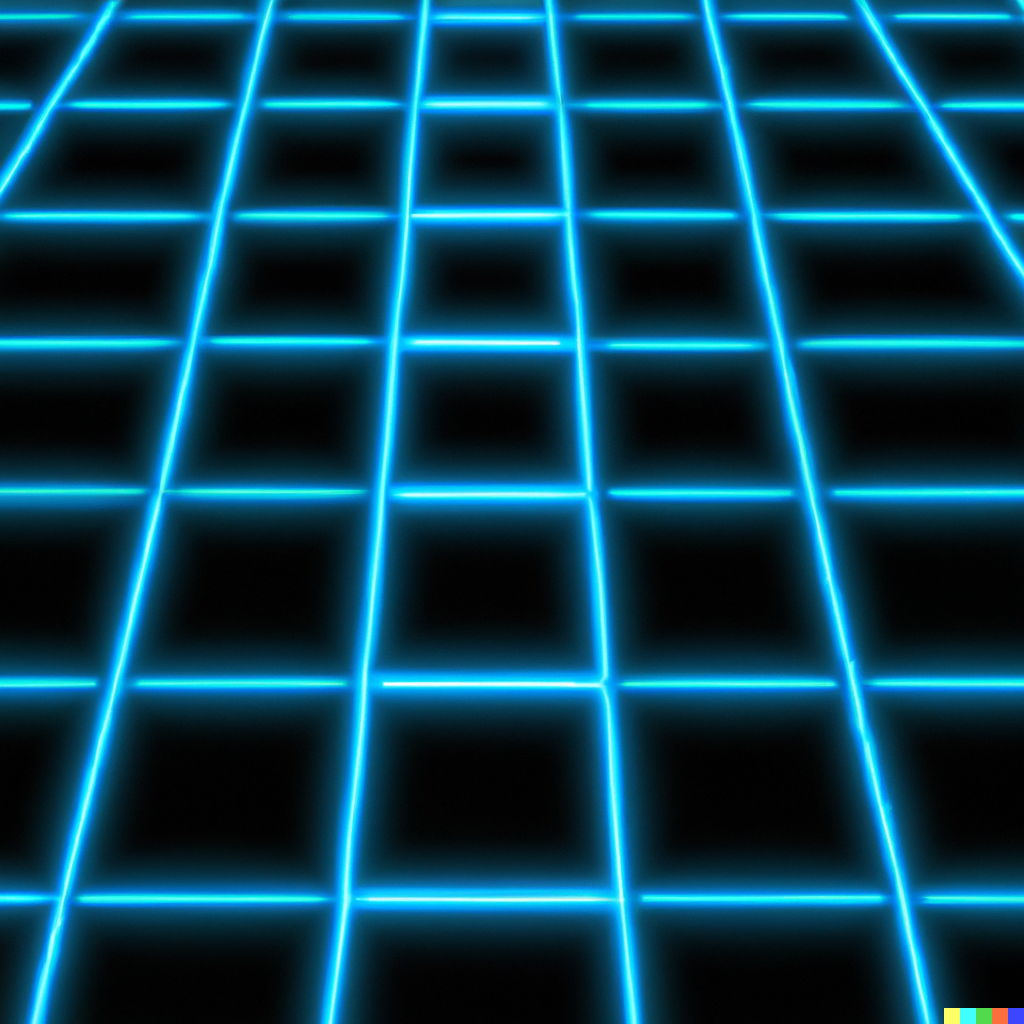
xarrayverdexESMFPyresample
VAPOR Python Cookbook
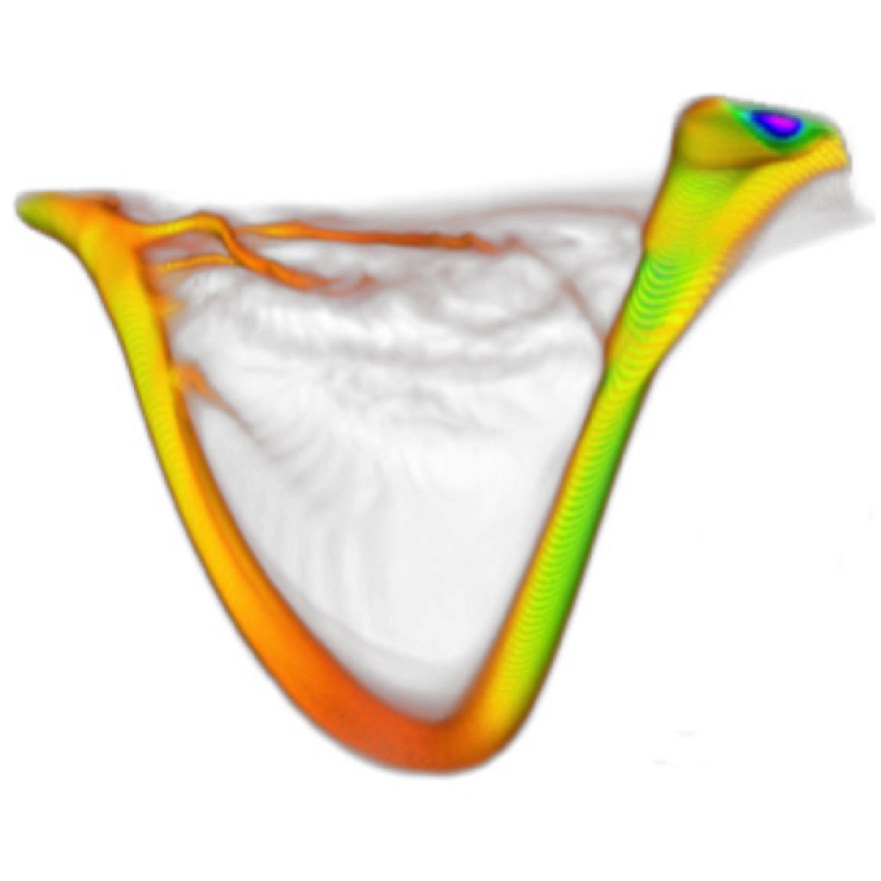
weatherclimate3D visualizationsparticlesxarraynumpyvapor
Advanced Visualization Cookbook
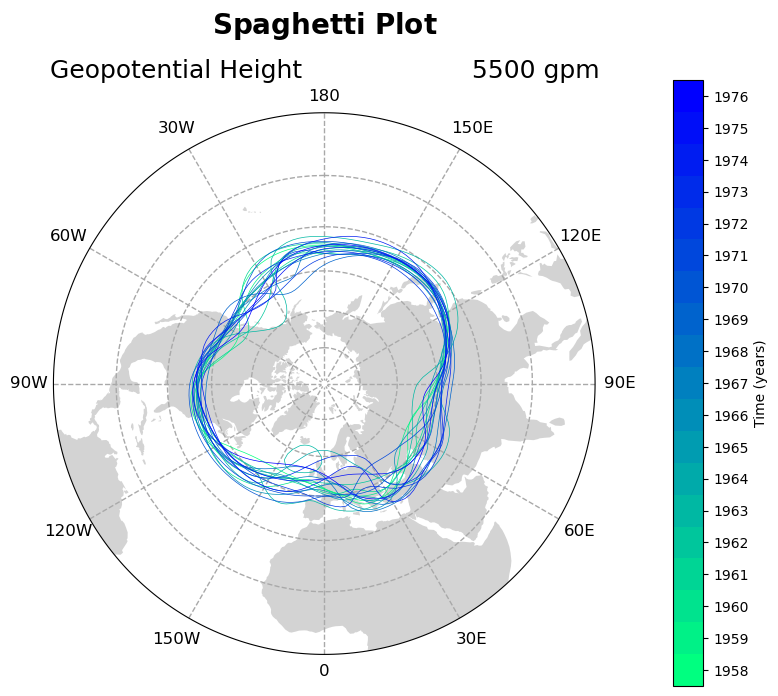
visualizationmatplotlibcartopymetpygeocat-vizseaborndatashader
Unstructured Grids Visualization Cookbook
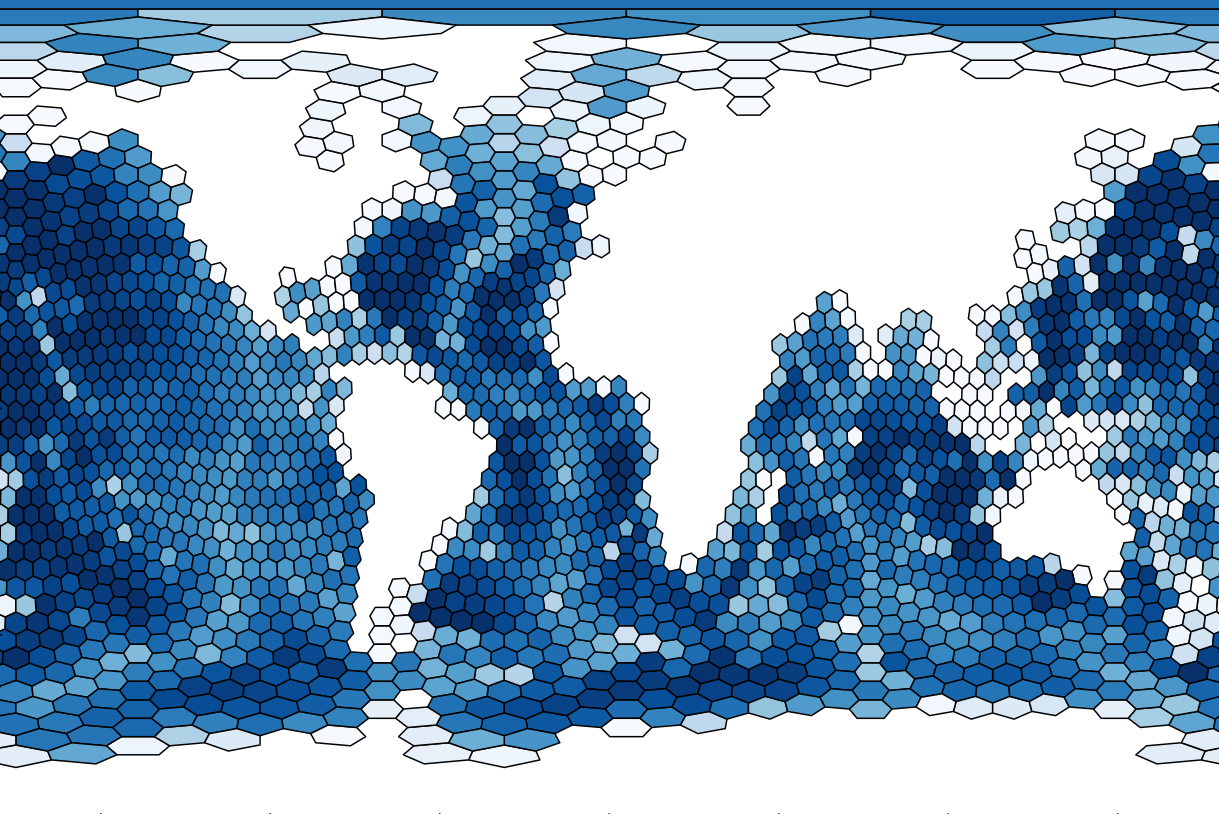
visualizationcartopydatashaderholoviewshvplot
NA-CORDEX Visualization Cookbook

atmosphereclimateclimate modelgeospatialland modelsustainabilityzarrxarraydaskintake-esmmatplotlib
EOFs Cookbook
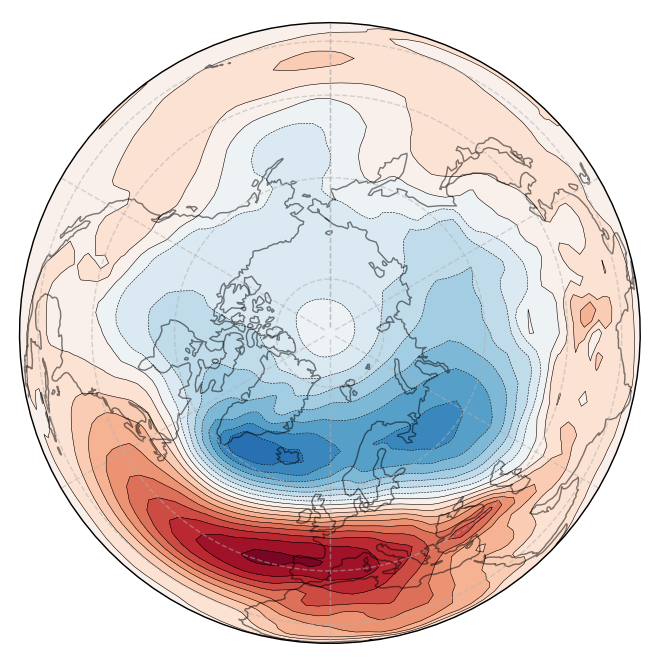
climatexeofsCook-off 2024
Ocean Biogeochemistry Cookbook
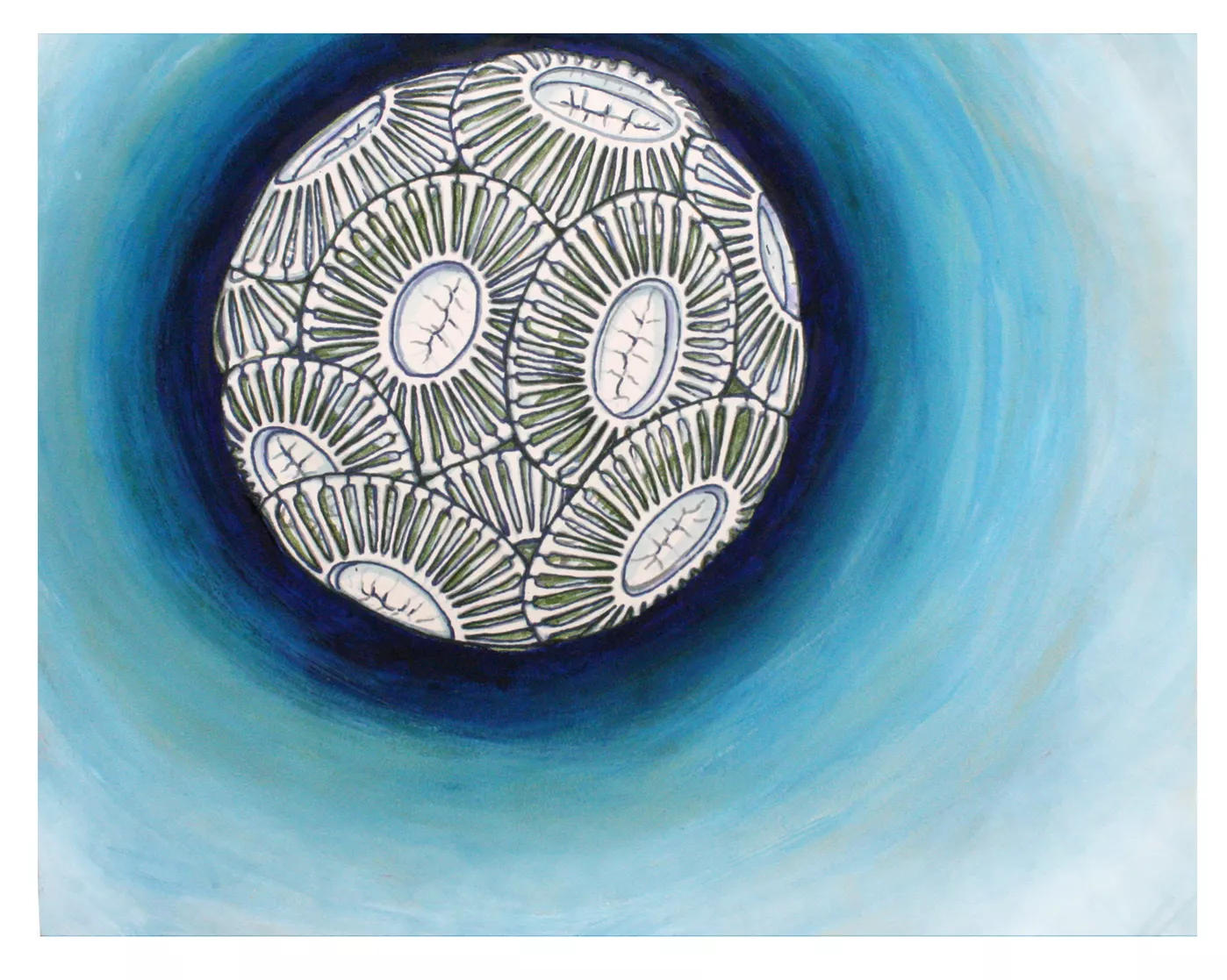
oceanographyclimate modelingxarraycartopymatplotlibCook-off 2024
ESGF Cookbook
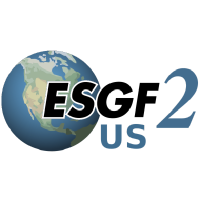
ClimateClimate ModelIntakeData AccessXarrayIntake-esgfCook-off 2024
Wavelet Cookbook
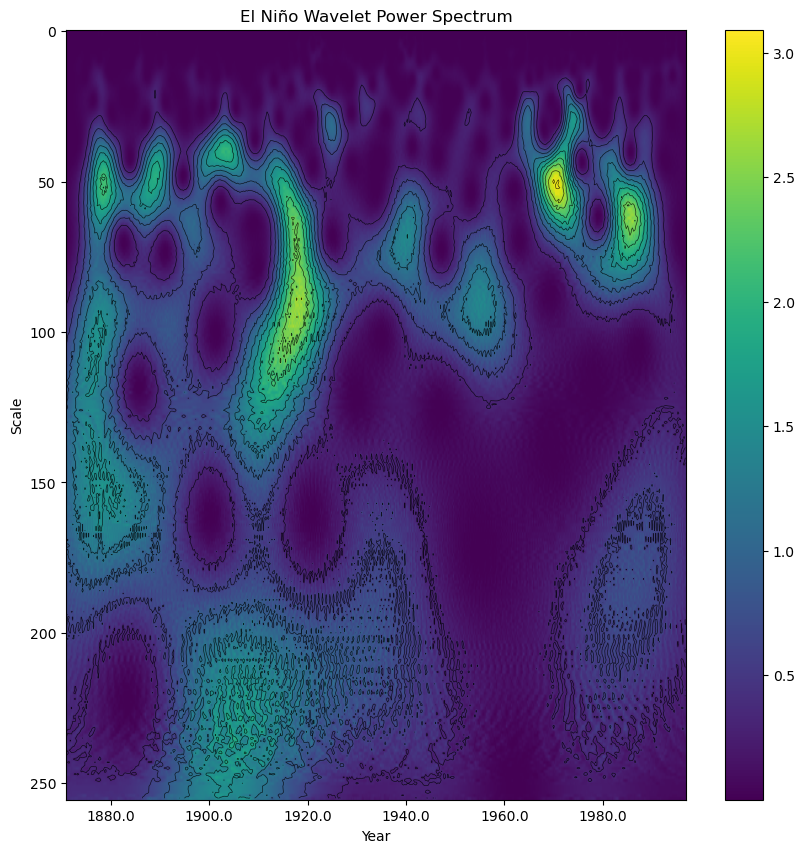
signal analysiswaveletdata sciencefourier transformgeocat-datafilesnumpyxarraymatplotlibscipypandaspywaveletsCook-off 2024
Earth Observation Data Science Cookbook

remote-sensingmicrowave-remote-sensingearth-observationsentinel-1stacxarrayholoviewspystac-clientodc-stacrioxarray
HEALPix Cookbook
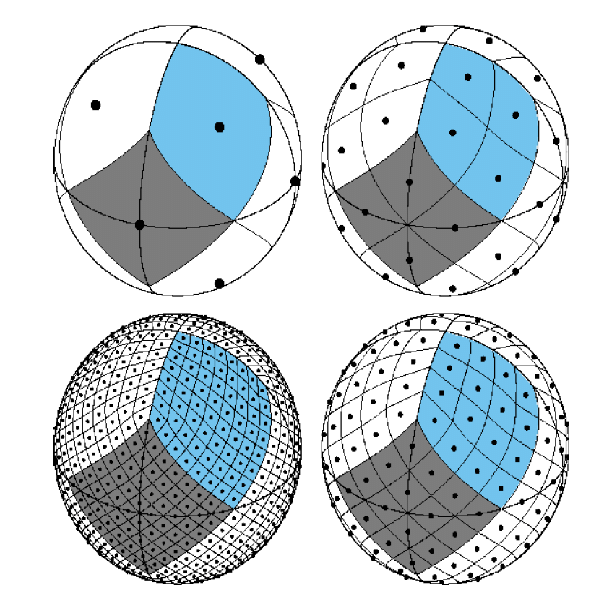
climate modelingspatial analysisvisualizationunstructured gridscartopyeasygemsuxarray
The MetPy Cookbook
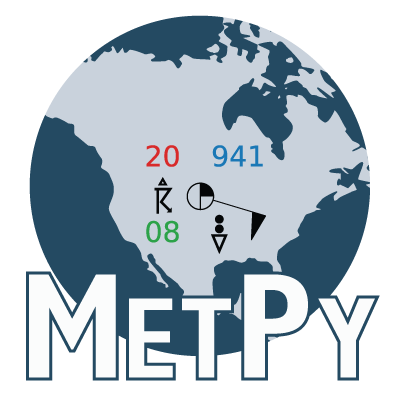
meteorologydata accessmetpysiphoncartopyxarraypint